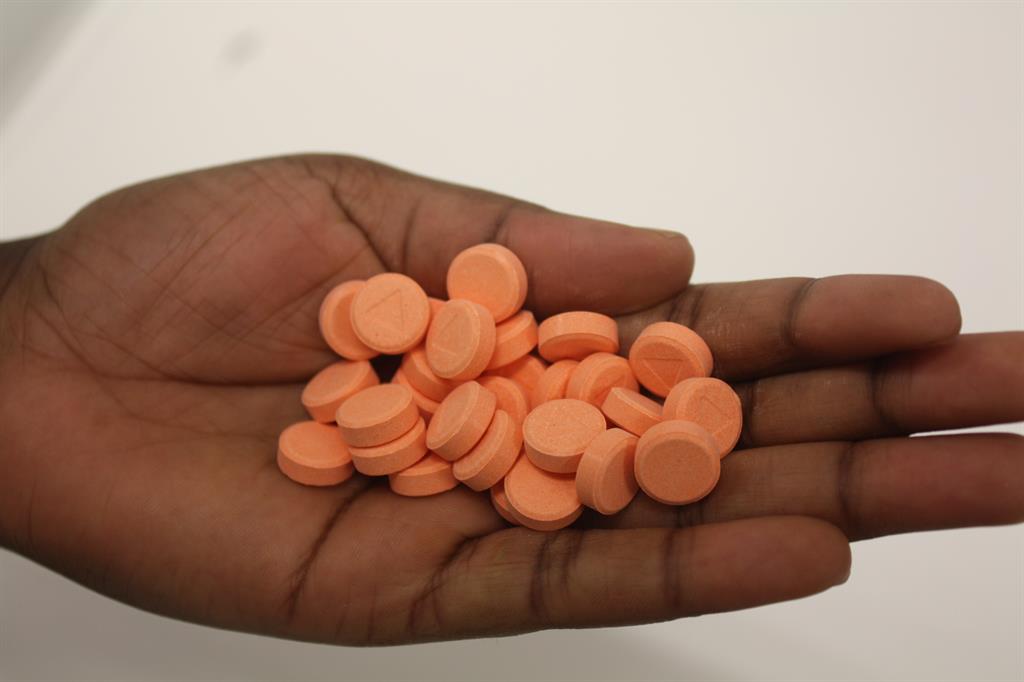Local ARV production stalled
Local pharmaceutical company Fabupharm is hopeful government will come to the party and clinch a deal to procure anti-retroviral (ARV) drugs from it, so it can proceed with production.
The company announced plans to manufacture the critical drugs in June 2015 and says government support is necessary if it is to push forward.
Fabupharm managing director Fanie Badenhorst Snr says government, in line with its 'Growth at Home' strategy should come on board and conclude a purchase deal, so it can produce these drugs locally.
“Regrettably and sadly we are yet to get new products registered for the Namibian private and public market. We are hopeful that in line with government's Growth at Home strategy and industrialisation policy that those tasked with procurement will recognise our efforts and procure locally,” said Badenhorst.
In December 2016, the company's plans to supply the local market were delayed by the planned construction of a pharmaceutical plant in Okahandja.
While Fabupharm had met with a government team to discuss the idea of procuring ARVs locally, not a lot of progress had been made.
“The physical planning of such a facility and sourcing of equipment has already been done. Some of our new equipment can be utilised for the production of ARV products but it must be in a separate facility. The government's project team did meet with us, but we are not sure about their intentions to manufacture antiretroviral drugs,” Badenhorst said in a 2016 interview with Namibian Sun.
The health ministry in 2016 ordered a large consignment of unregistered ARVs, with an approximate value of N$64 million, allegedly without going through a tendering process.
According to the 2014 National HIV Sentinel Survey, there are about 215 000 people living with HIV/Aids in Namibia while 131 103 currently receive ARVs.
Director of the Centres for Disease Control and the Prevention at the US President's Emergency Plan for AIDS Relief (Pepfar), Eric Dziuban, said this week the number of adults (aged 15 and over) living with HIV had decreased from 240 000 to 200 000 between 1991 and 2016.
“This means one out of 10 adults are infected with HIV, with 25 new infections and 11 deaths related to HIV/Aids per day,” he said at a media briefing.
Data suggests that 70% of people living with HIV, and who are on treatment, are virally suppressed.
OGONE TLHAGE
The company announced plans to manufacture the critical drugs in June 2015 and says government support is necessary if it is to push forward.
Fabupharm managing director Fanie Badenhorst Snr says government, in line with its 'Growth at Home' strategy should come on board and conclude a purchase deal, so it can produce these drugs locally.
“Regrettably and sadly we are yet to get new products registered for the Namibian private and public market. We are hopeful that in line with government's Growth at Home strategy and industrialisation policy that those tasked with procurement will recognise our efforts and procure locally,” said Badenhorst.
In December 2016, the company's plans to supply the local market were delayed by the planned construction of a pharmaceutical plant in Okahandja.
While Fabupharm had met with a government team to discuss the idea of procuring ARVs locally, not a lot of progress had been made.
“The physical planning of such a facility and sourcing of equipment has already been done. Some of our new equipment can be utilised for the production of ARV products but it must be in a separate facility. The government's project team did meet with us, but we are not sure about their intentions to manufacture antiretroviral drugs,” Badenhorst said in a 2016 interview with Namibian Sun.
The health ministry in 2016 ordered a large consignment of unregistered ARVs, with an approximate value of N$64 million, allegedly without going through a tendering process.
According to the 2014 National HIV Sentinel Survey, there are about 215 000 people living with HIV/Aids in Namibia while 131 103 currently receive ARVs.
Director of the Centres for Disease Control and the Prevention at the US President's Emergency Plan for AIDS Relief (Pepfar), Eric Dziuban, said this week the number of adults (aged 15 and over) living with HIV had decreased from 240 000 to 200 000 between 1991 and 2016.
“This means one out of 10 adults are infected with HIV, with 25 new infections and 11 deaths related to HIV/Aids per day,” he said at a media briefing.
Data suggests that 70% of people living with HIV, and who are on treatment, are virally suppressed.
OGONE TLHAGE




Comments
Namibian Sun
No comments have been left on this article